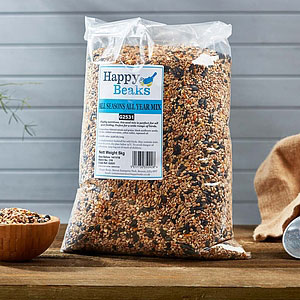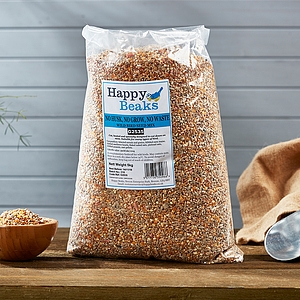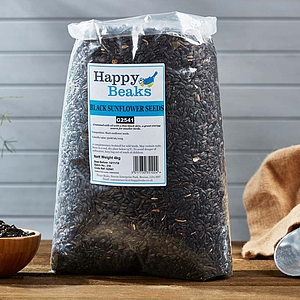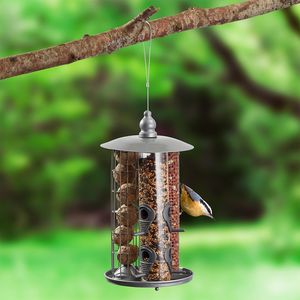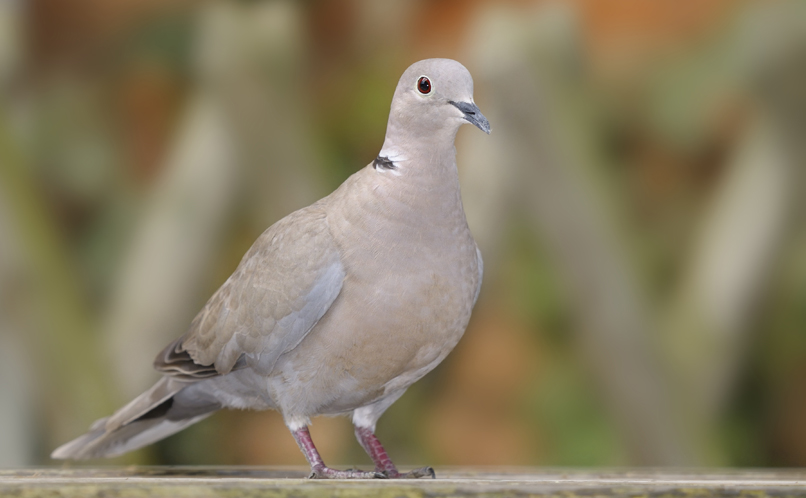
Collared Dove Streptopelia decaocto
A familiar visitor, and one which the famous bird watcher Henry Blofield really does love. The collared dove is a bird you’re likely to see across the UK, and will often sit on TV aerials, telegraph poles and roofs. A recent colonist, it has a familiar “coo” and really is an attractive, medium sized bird.
Identification
Slim and medium sized, it’s plumage often has pinkish tints, while the neck ring is its signature; a black ring edged in white. In flight you’ll see lightly coloured wings, tipped in black. Despite all this colour, the collared dove does have an overall contrasting pale brown body.
The collared dove has the same signature three syllable coo of many pigeons and doves, but with a greater stress on the middle one.
Feeding
Collared doves love grains, and can be seen on farmland, trying to get a quick meal. This is why seed mixes that contain wheat are a good option for attracting doves, and also why wheat-free mixes are sold; in order to give the smaller birds more of a chance.
Breeding
A near all year round breeder! February to October are the months where you’re likely to find eggs, but there have been recordings of collared dove eggs in every month of the year. It lays two white eggs, which will then incubate for 14-18 days, with the young then fledging after 2-3 weeks. Collared doves are known to have five broods in a single year!
Did you know?
The collared dove is one of the UK’s most successful recent colonists, only coming to Europe in the 1950s.
Often mistaken with...
With woodpigeons so numerous, it’s easy for an amateur birdwatcher to get confused. Just take a second to really look at them; the woodpigeon is larger with a darker plumage.
Perfect for the Collared Dove...
5 Options From £7.95
No Husk No Grow No Waste Wild Bird Seed Mix
5 Options From £9.45
3 Options From £9.95

